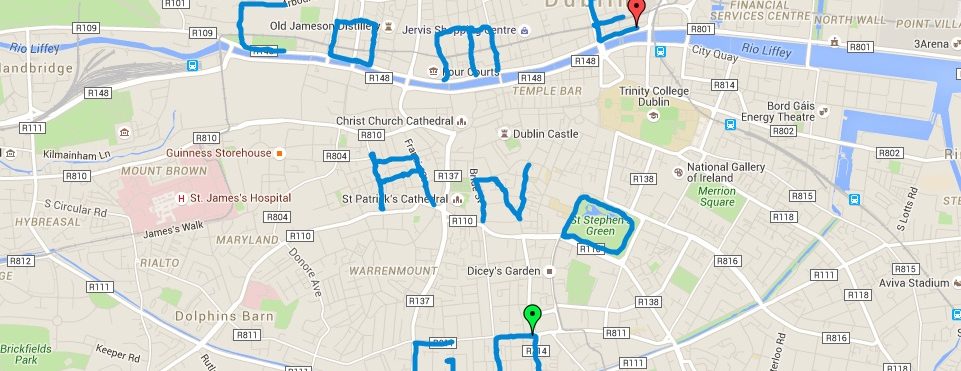The Place,
Dois posts de blogs diferentes colocam em evidência a importância dos lugares no desenvolvimento das mídias locativas e dos games. Estou escrevendo um artigo sobre location-based mobile games, e em breve coloca aqui os resultados da pesquisa. O ponto principal é o uso e a resignificação dos lugares. O jogo, forma histórica de desenvolvimento das cultura (Huizinga), tem um importante papel no desenvolvimento e na apropriação, tanto das tecnologias (em geral) e dos espaços (de jogo). Retornarei a essa discussão mais a frente. Agora deixo duas citação interessantes sobre o tema.
A primeira vem do Pasta & Vinegar, sobre o game Grand Theft Auto IV com uma entrevista da Eurogamer com Aaron Garbut de Rockstar.
“We never reproduce real world locations. We take interesting or representative elements and create something new from them. It’s about taking inspiration from real places and producing something that captures the essence of it. We’re trying to take our impression of New York and keep it as that, an impression, not a laboured reproduction. I think that gives it more flavour, more intensity and in an odd way makes it feel more real. I’ve seen it in other games that set out to rebuild a city street by street, not only do compromises get made that favour realism over fun but a lot of the life is lost and all that’s left is a hollow representation of a real place. I’d rather have the right vibe than an accurate roadmap.
(…)
So we’ve always treated the cities like a real place. We build them, we pack them with interesting things and then we place the missions within them at a later date. Obviously once a mission is placed and working we will tweak the area to work better, but essentially the processes are fairly separate. That’s not to say there isn’t a deliberate intention to evoke emotional reaction as you say. It’s just that if there is one it’s happening during the placement and pacing of the missions. I think having this massive environment available first gives a lot of opportunity to play with the missions and find what works best.“

(Excerpt from a GTA IV map)
O segundo vem do The Place of Social Media, a partir do O’Reilly Where 2.0 conference:

” (…) So, why at a conference devoted to location-based social networking, was the place largely devoid of digitally enabled social networking? It would have been nice for O’Reilly to practice what it was preaching. Sure, we had a robust wi-fi connection throughout the event. But come on, let us talk to one another, the people in the same space, as easily as we can talk to people in the wide open Internet!
While I learned a lot about what some companies are doing in the ‘location space,’ I didn’t hear a lot about why. I didn’t hear a lot about why location-aware computing is necessary, positive, or tranformative. I heard a lot of, ‘this is uncharted territory,’ but not a lot of, ‘this is important because…’ Let’s face it, I don’t need to have a network of computers aware of my location – but as a result of that awareness it just might transform my awareness of x,y and z. Sure, I have some opinions about this subject, but I want to see the developer community engaging with these questions. Software is not just a product, it’s a tool. Constructed needs will decompose eventually unless they are answering something a bit more fundamental. Location aware technology is transforming what we already do – location and place are already important to our personal and political identities. Developers need to act in response to social practices as opposed to acting by constructing social practices to fit a market niche. Ultimately, the market will be more receptive to the former anyway.”
